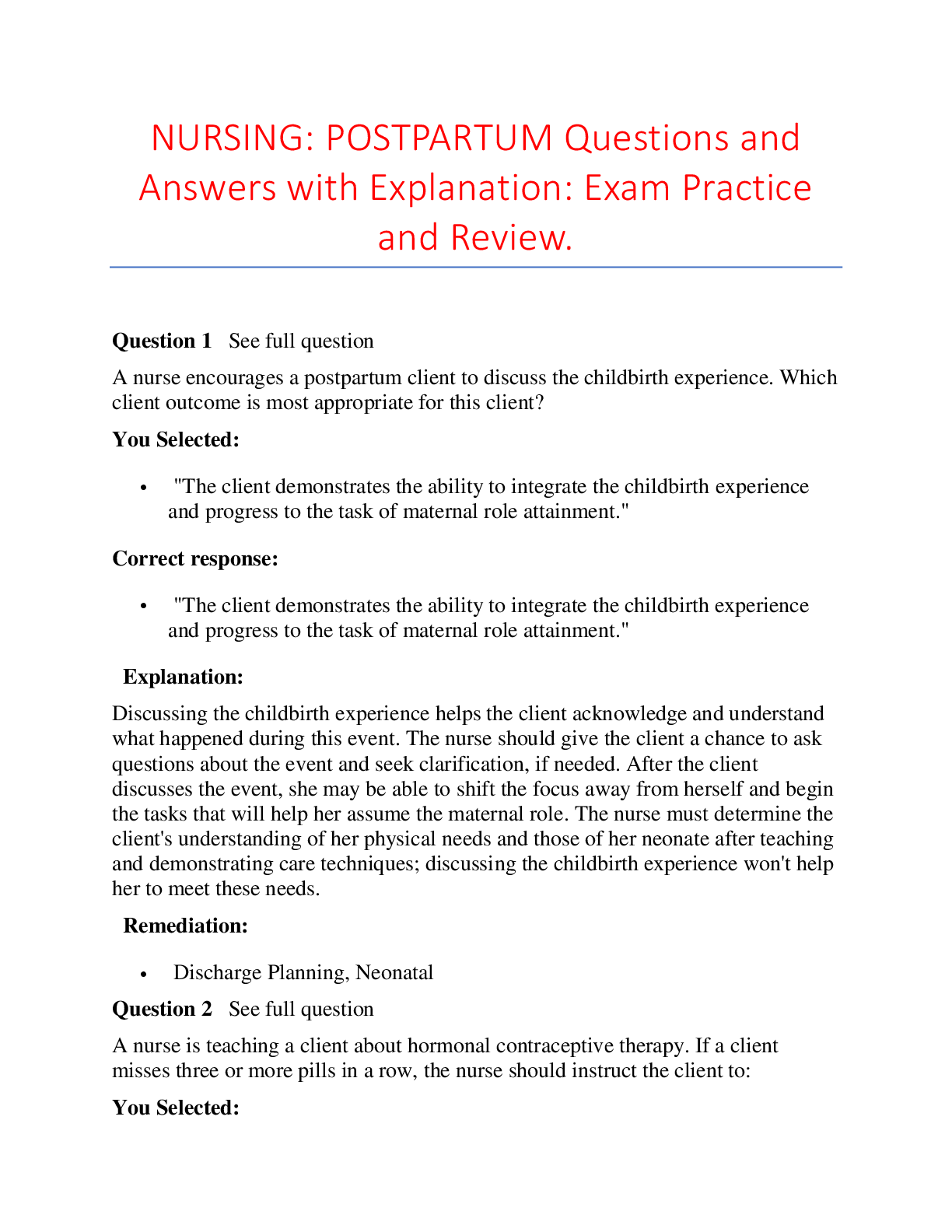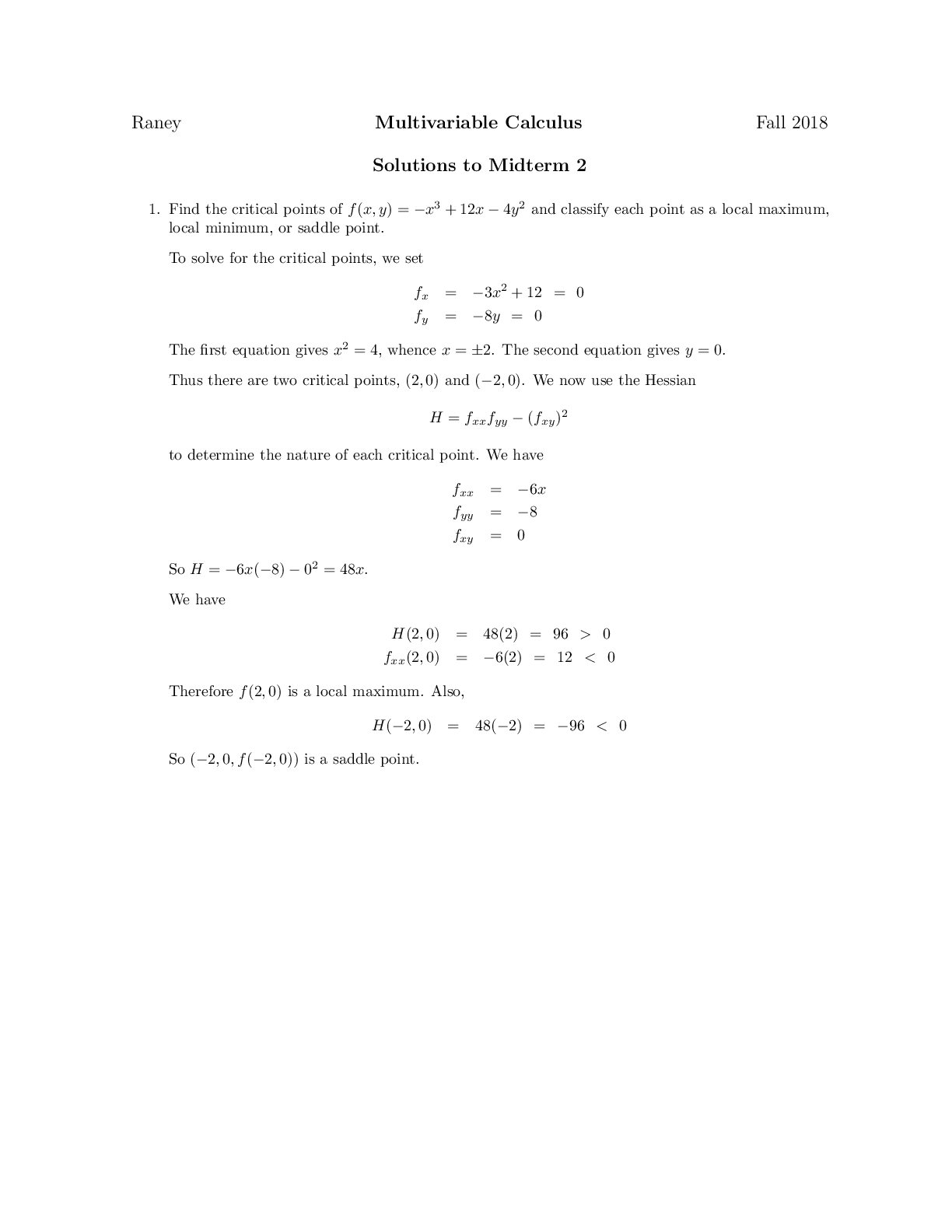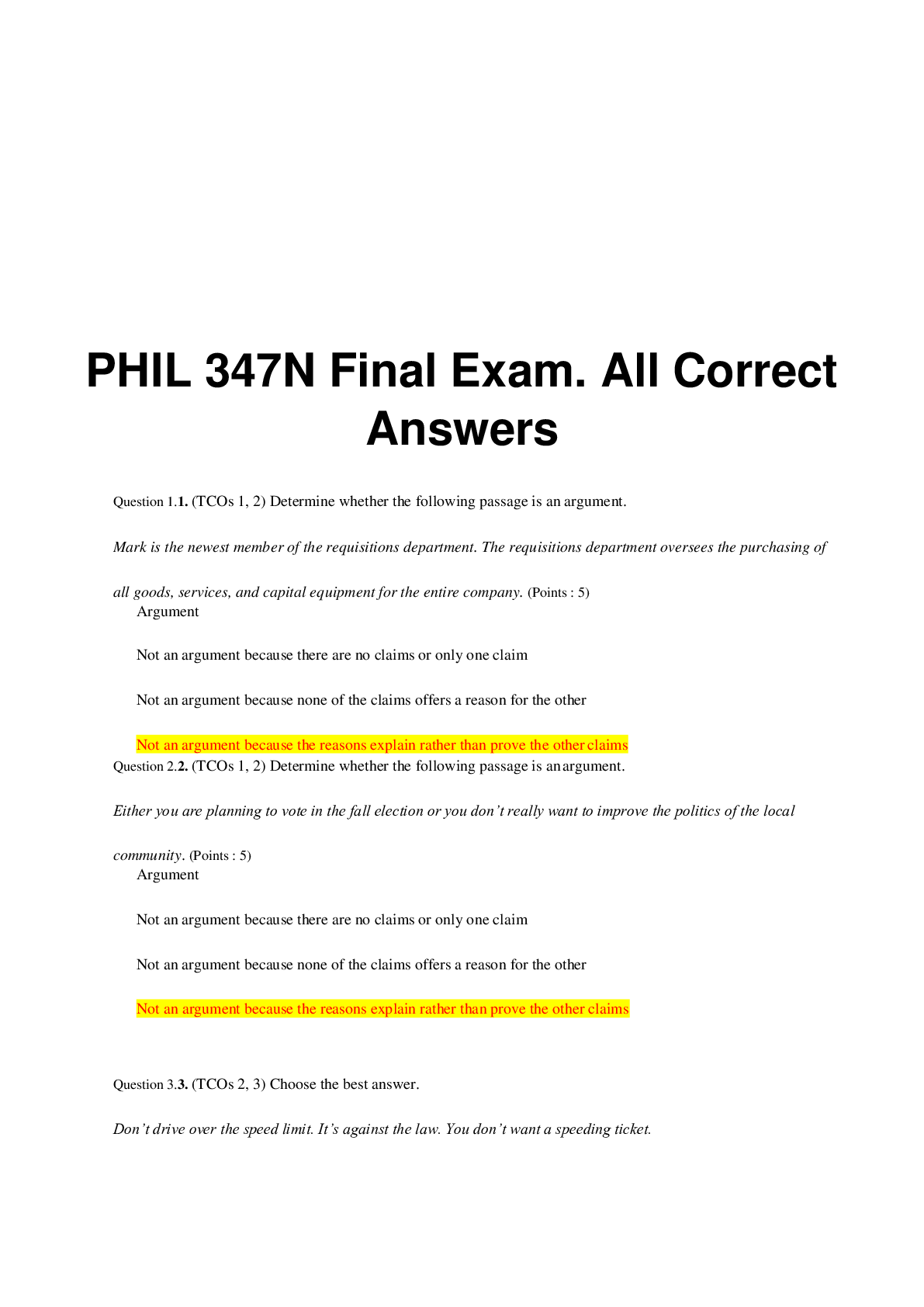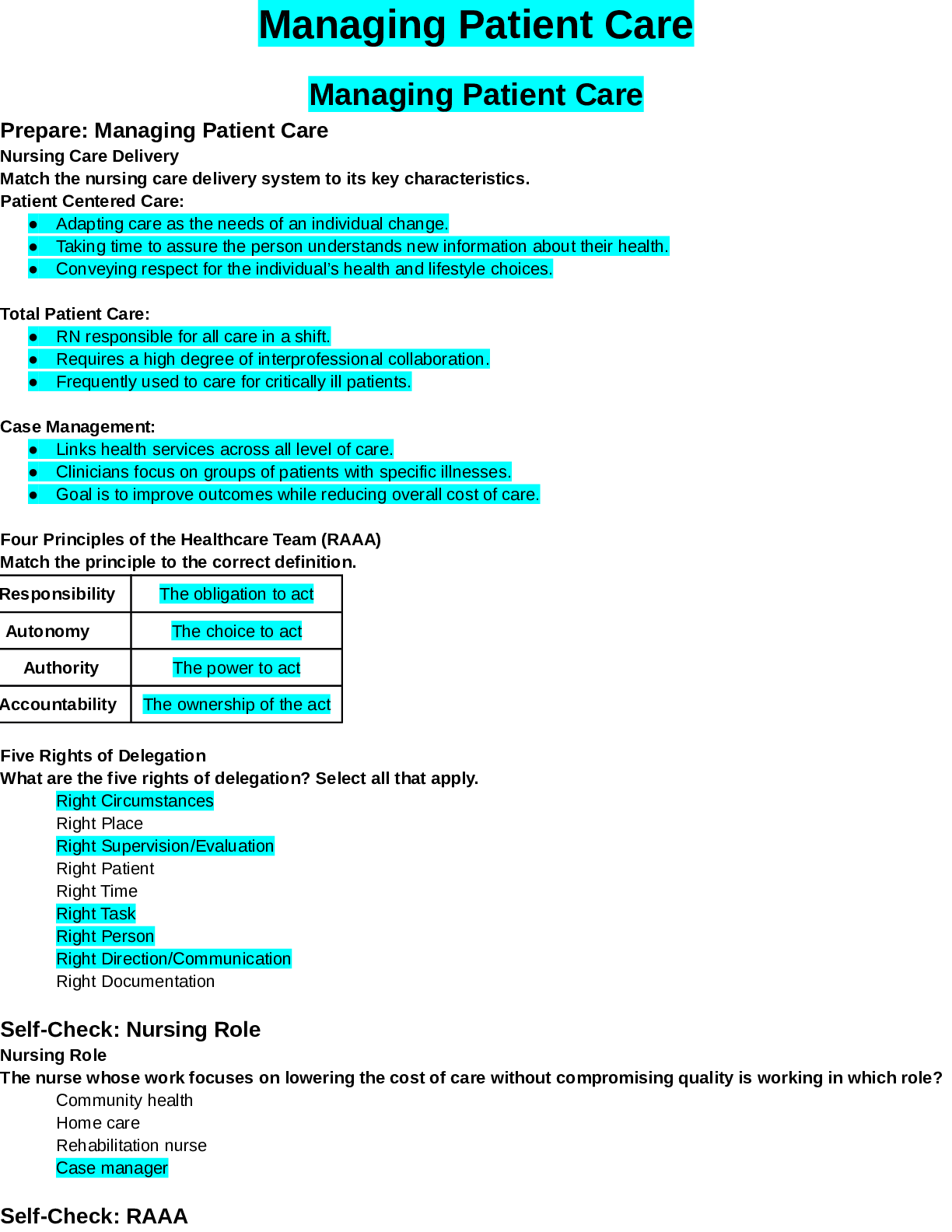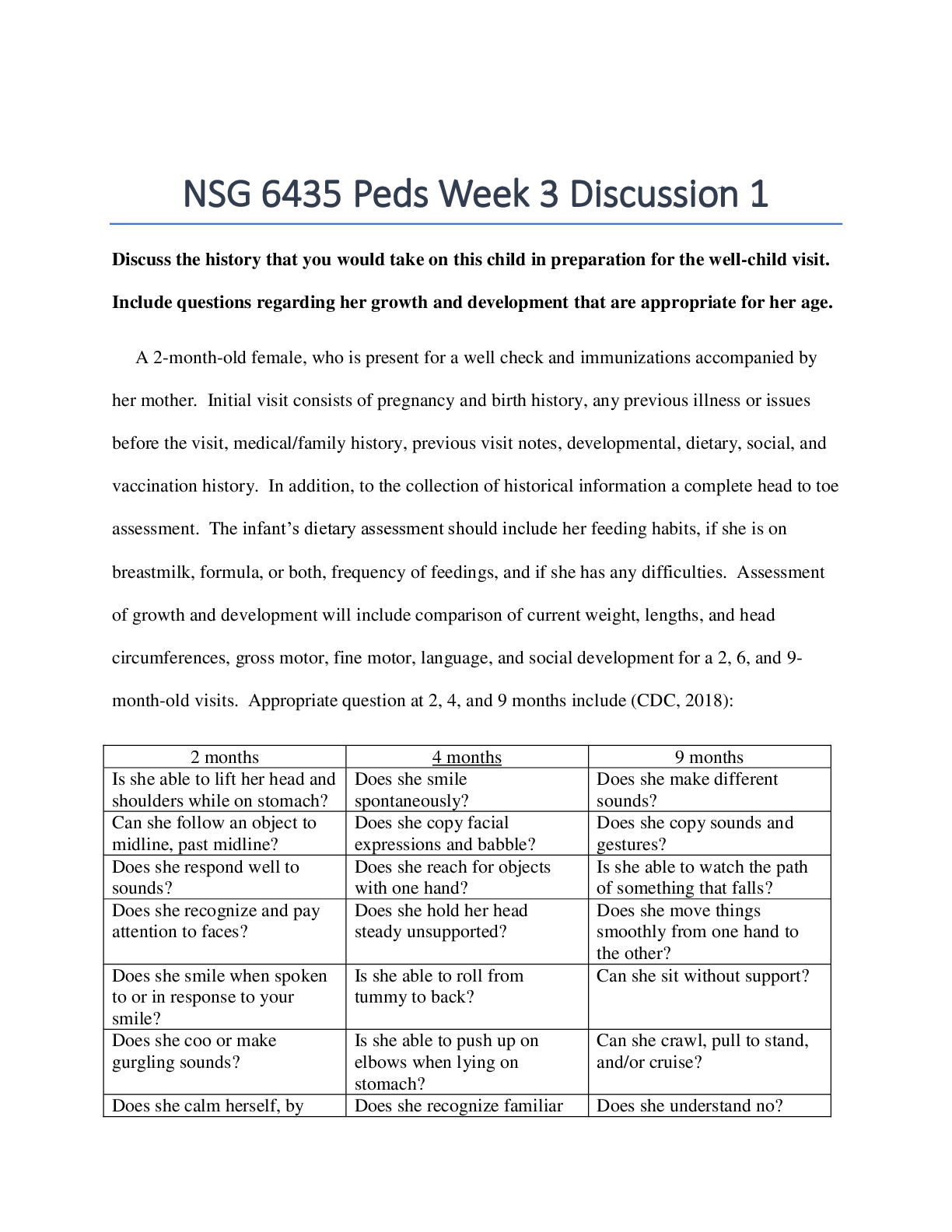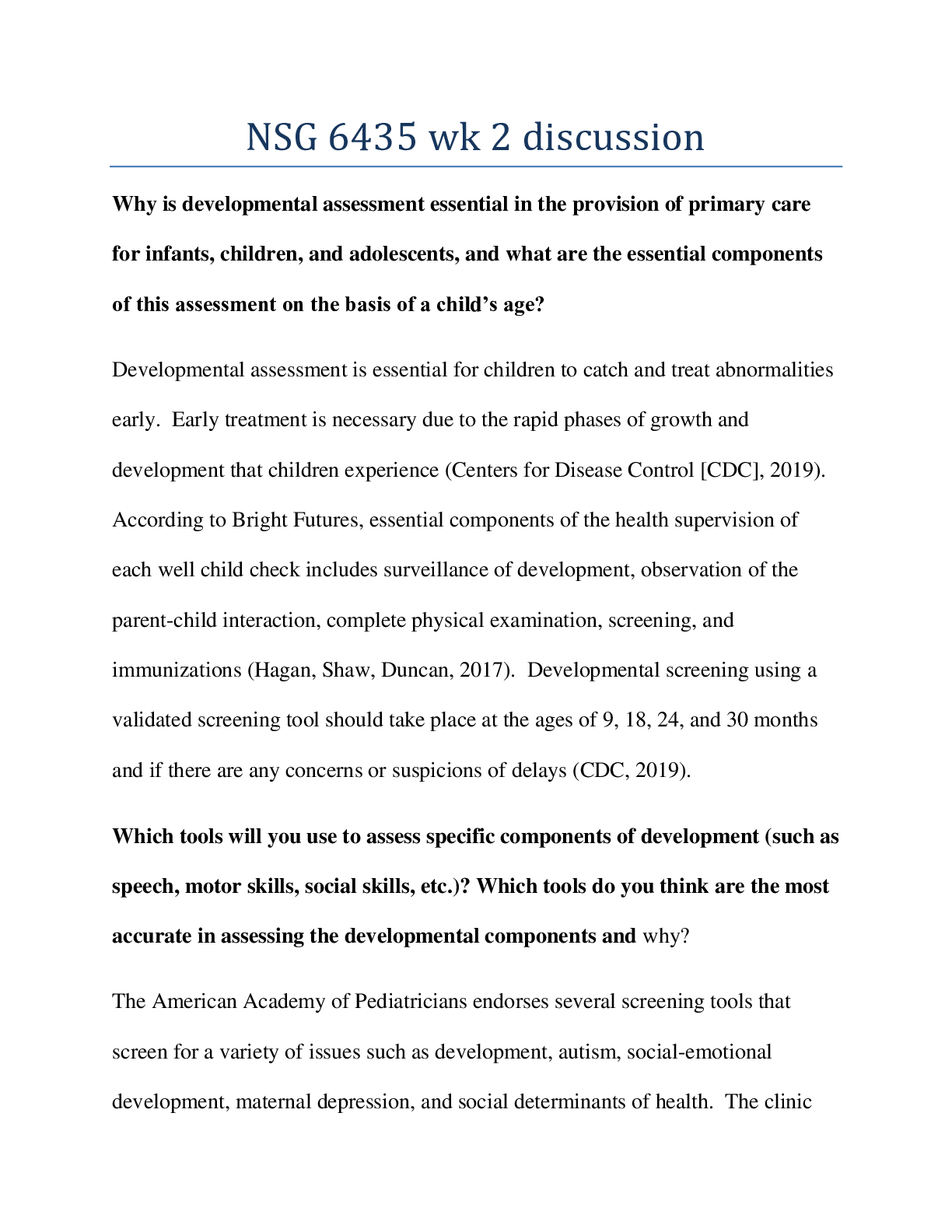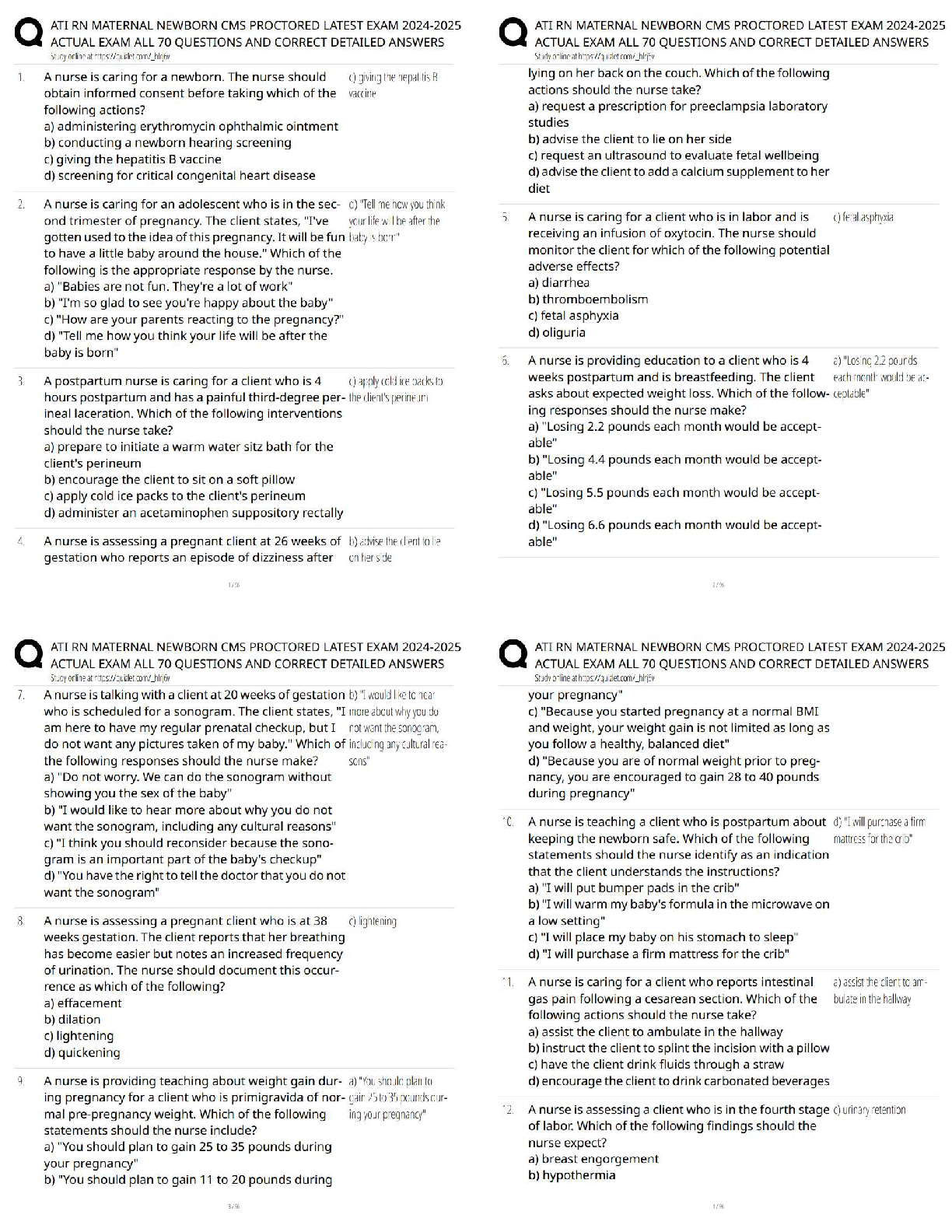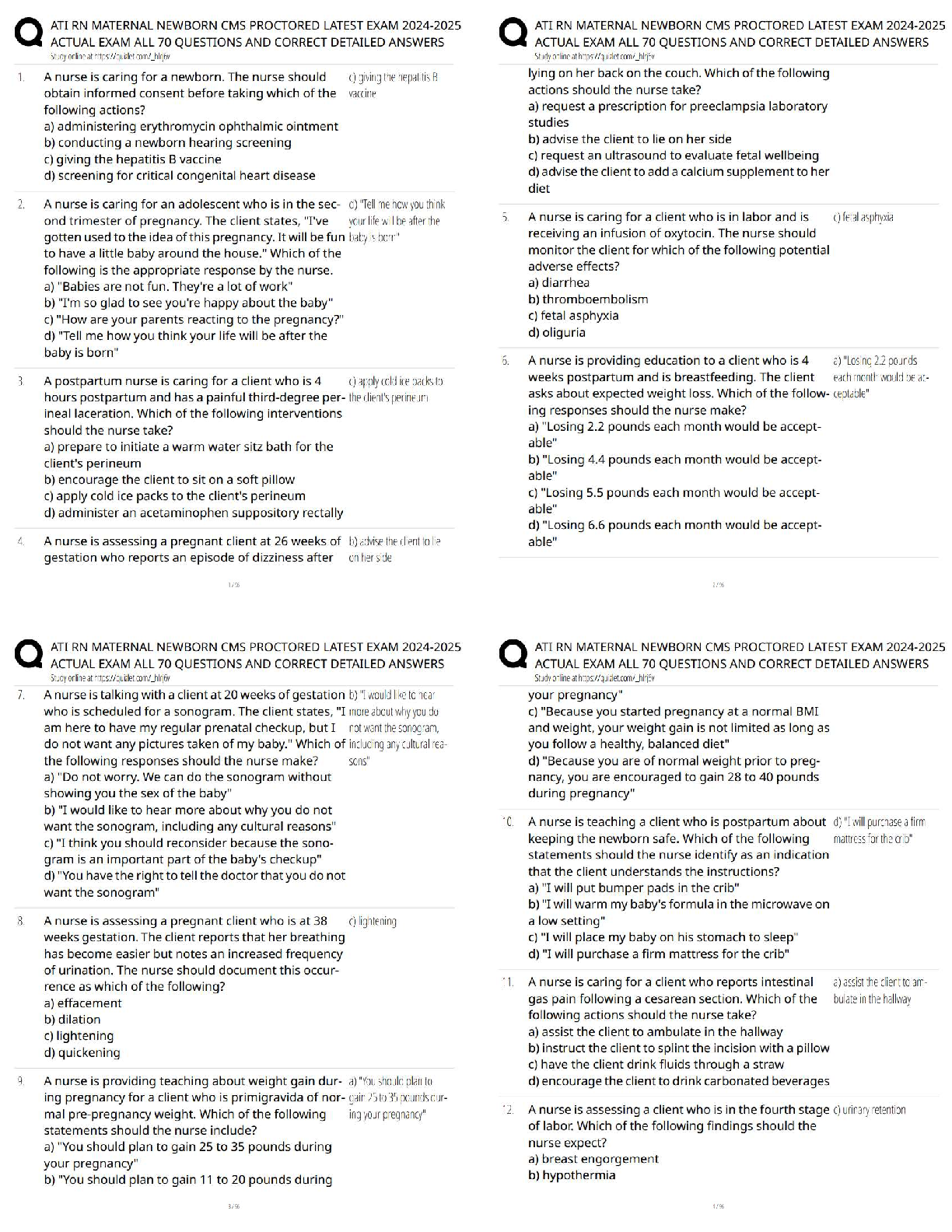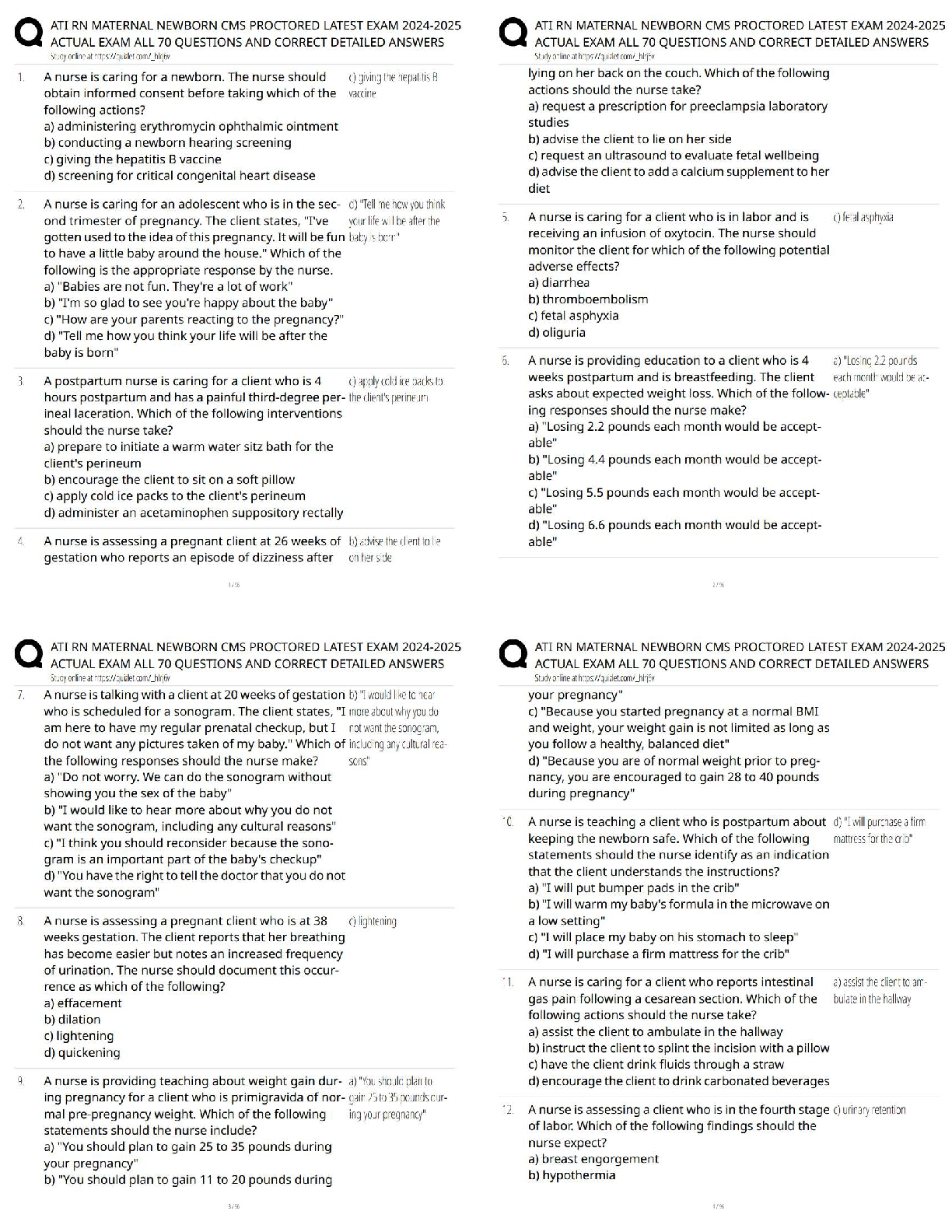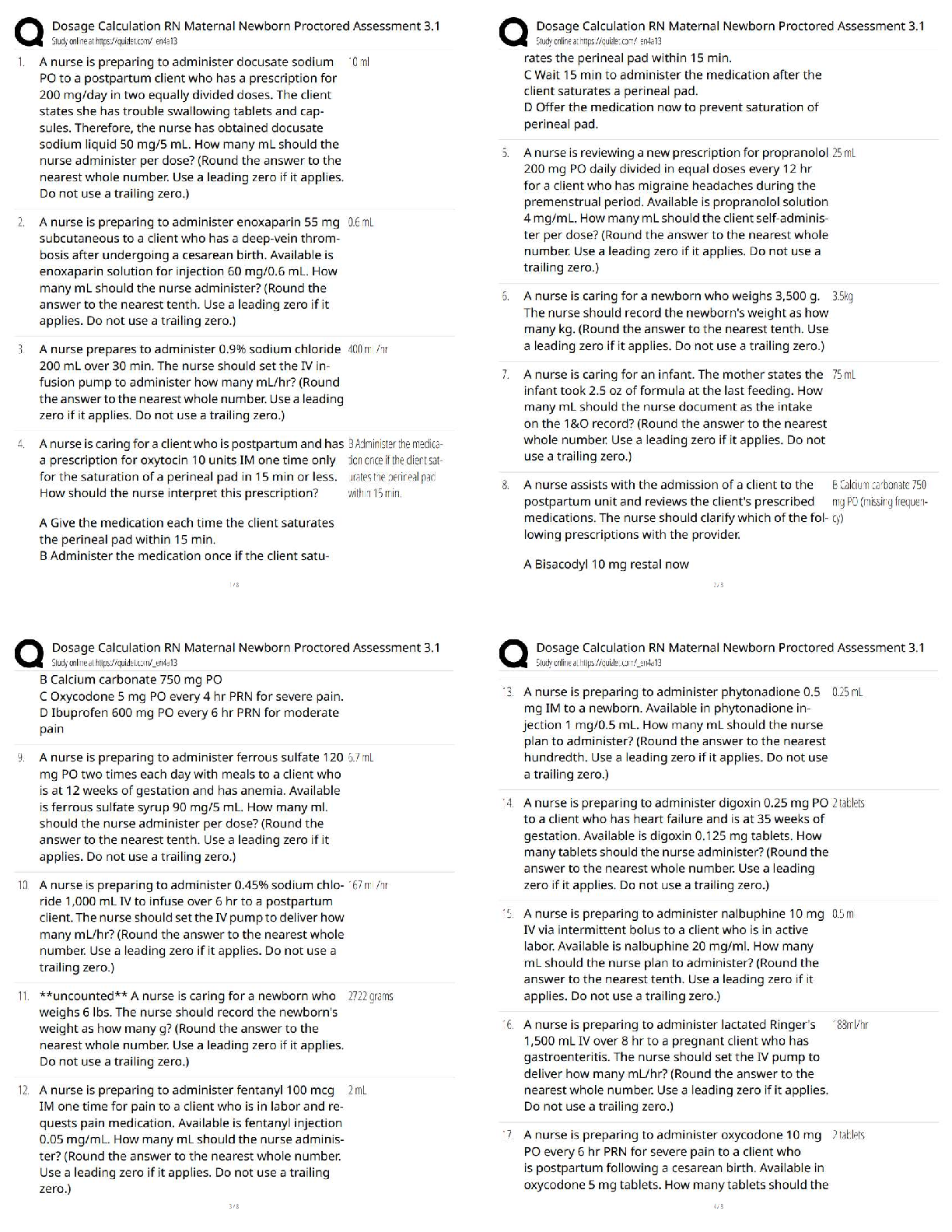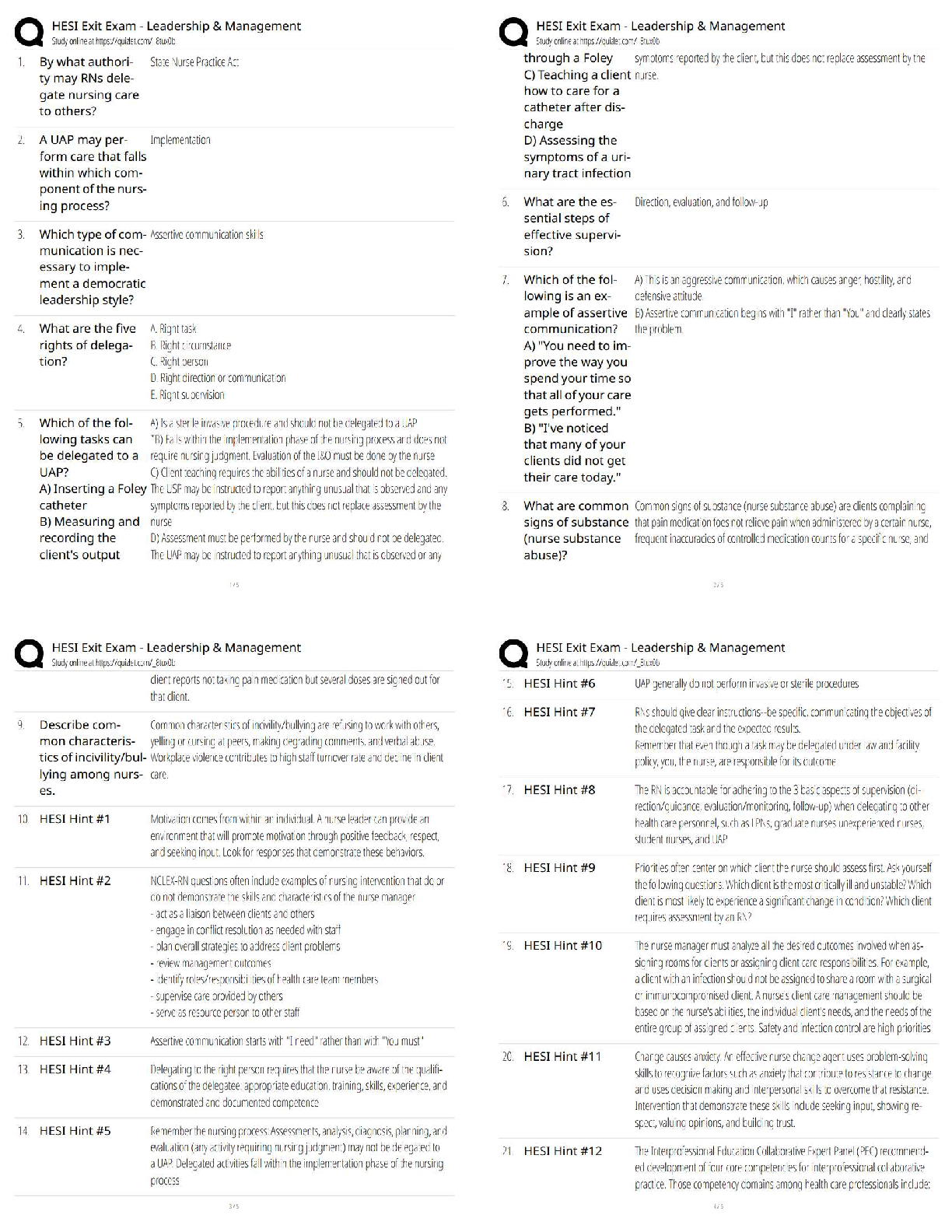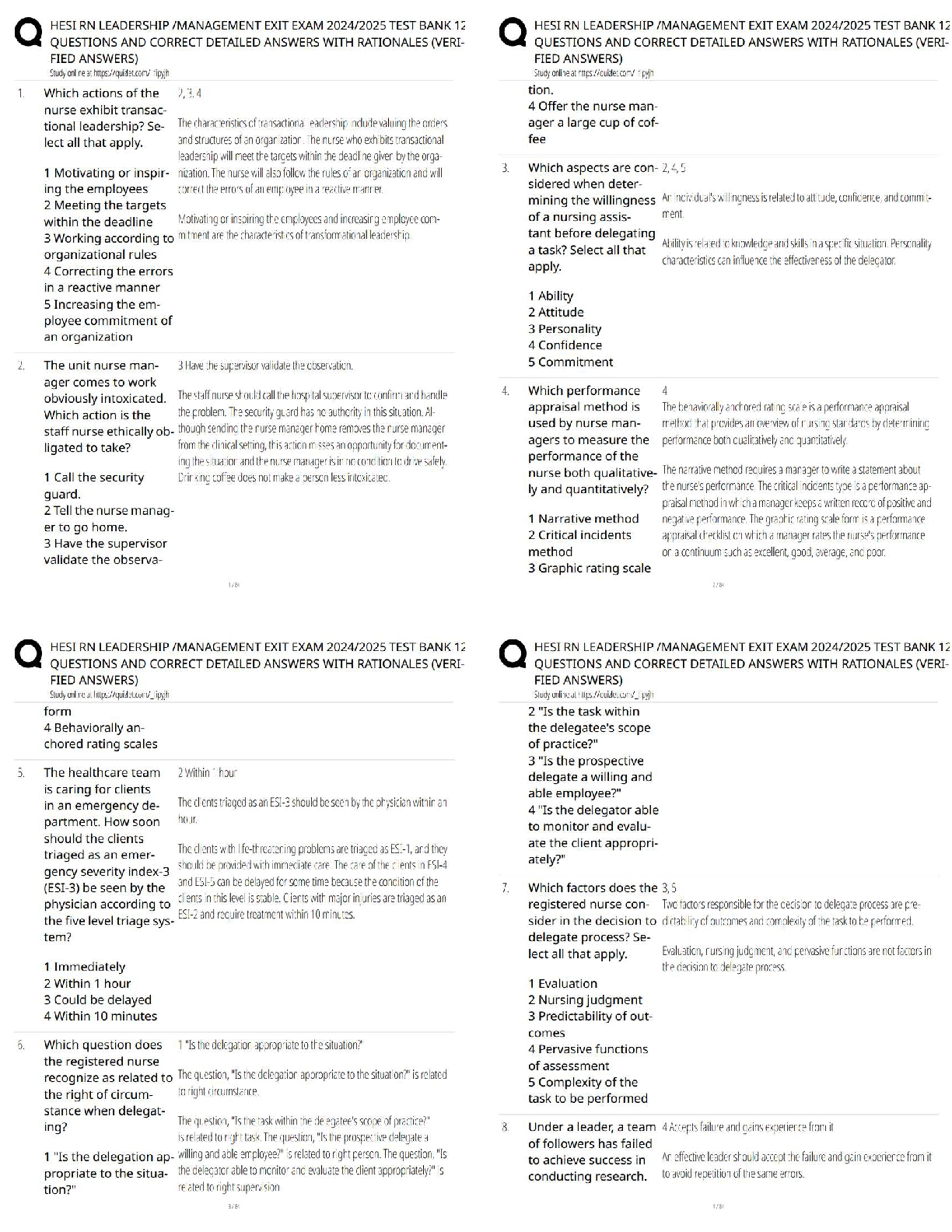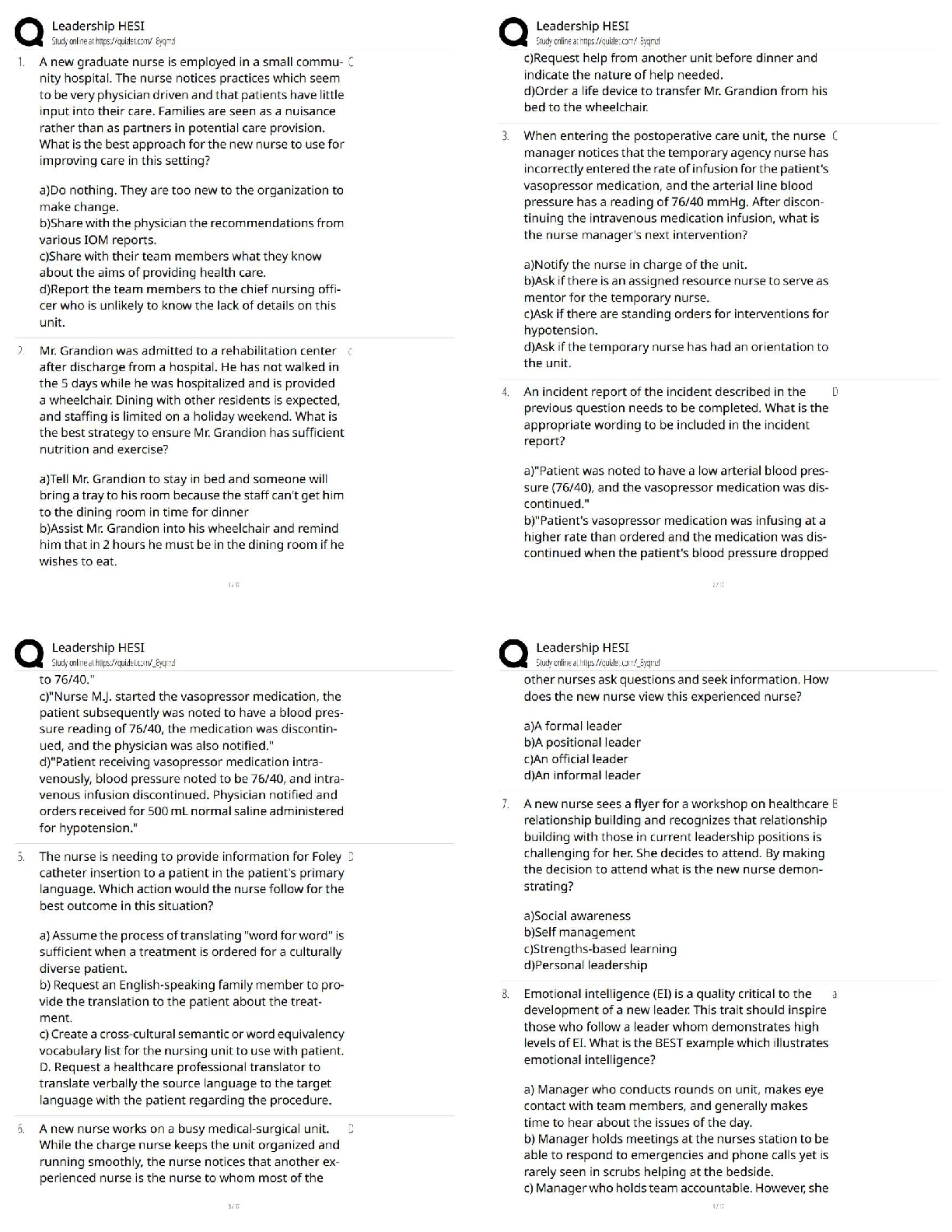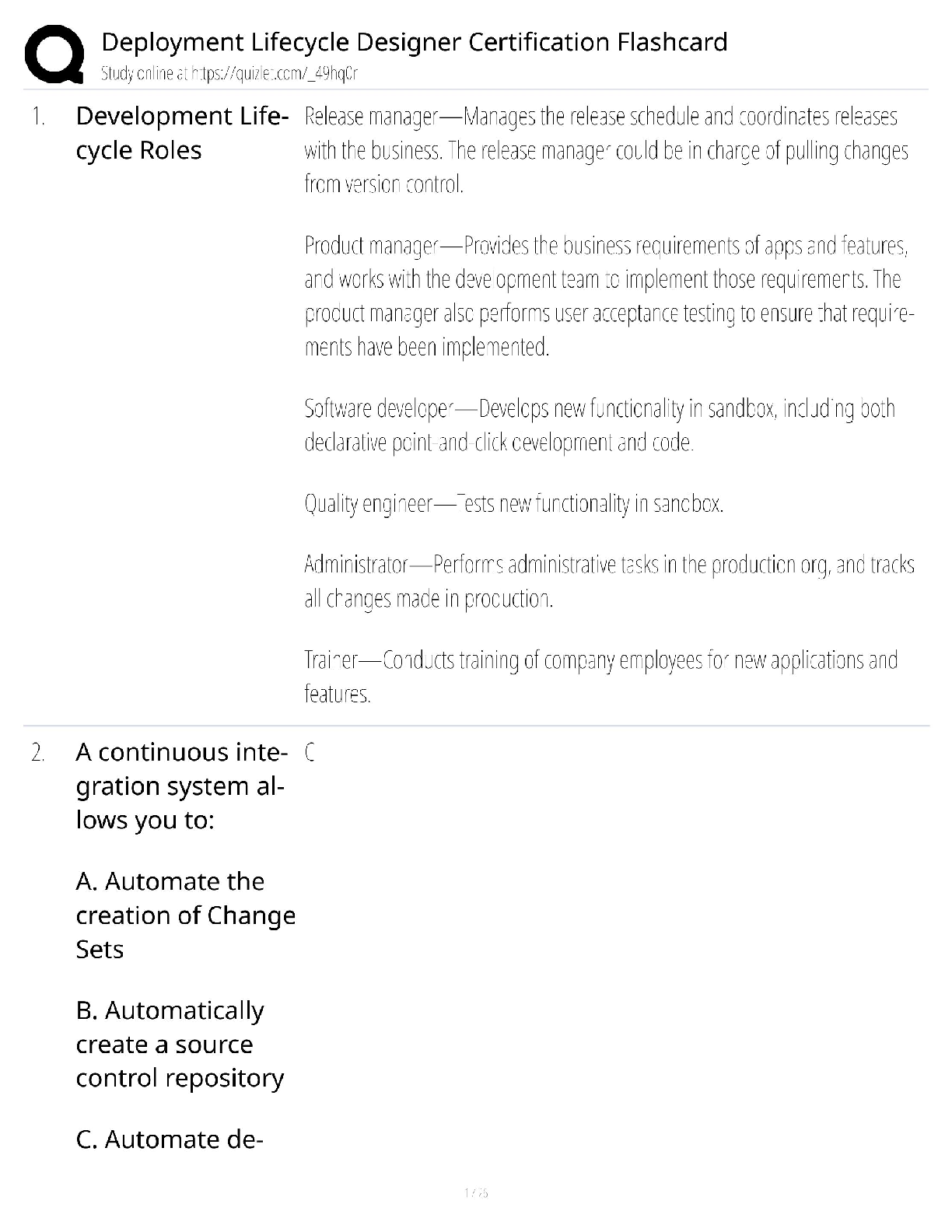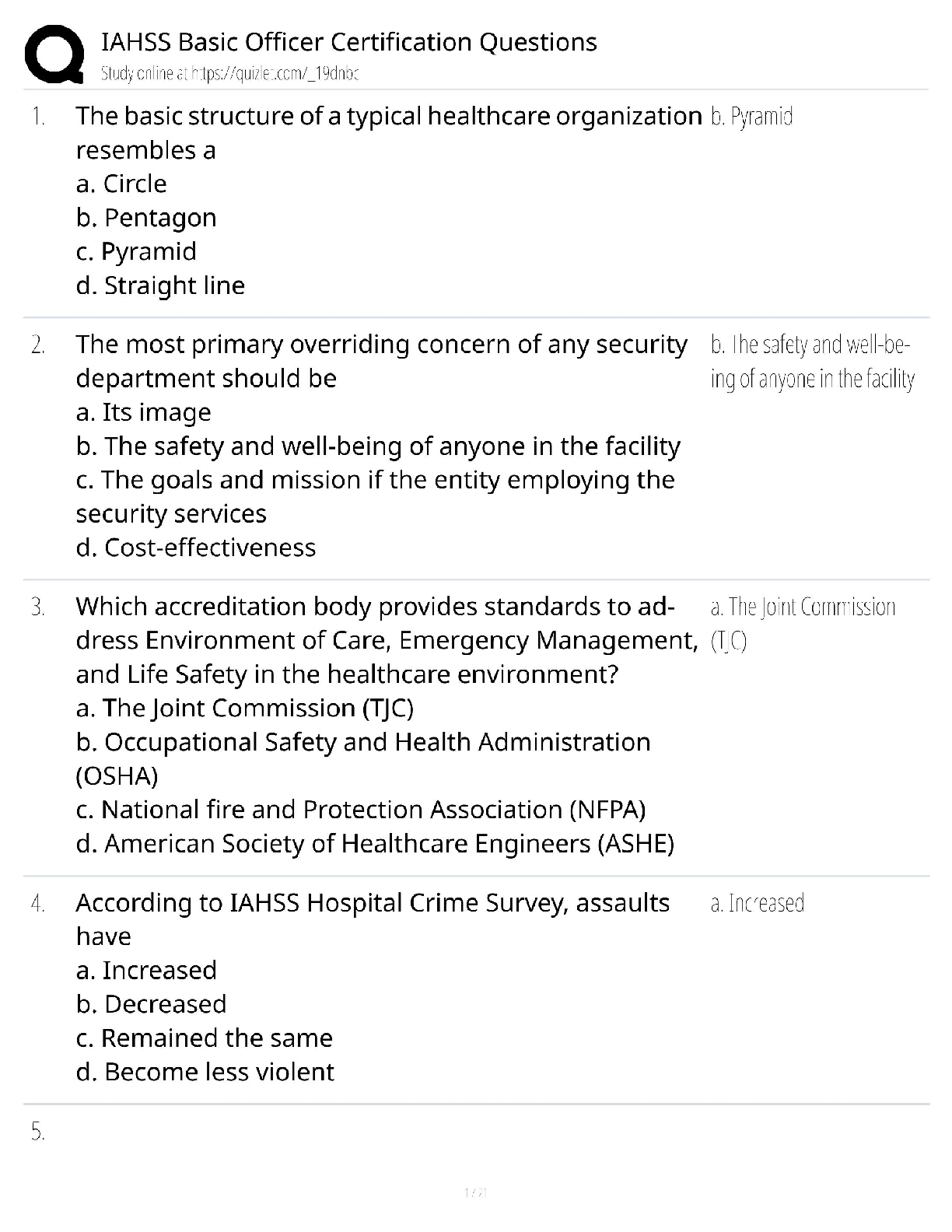Geology > QUESTIONS & ANSWERS > GEOL 3041: GEOL 3041 Answers for Chapter 4: Igneous Structures and Field Relationships. 100% Pass R (All)
GEOL 3041: GEOL 3041 Answers for Chapter 4: Igneous Structures and Field Relationships. 100% Pass Rate.
Document Content and Description Below
GEOL 3041 Answers for Chapter 4: Igneous Structures and Field Relationships 1. How does magma viscosity vary with the concentration of a) SiO2 and b) H2O? Explain. 2. Basaltic eruptions are rarely ... explosive. What evidence is there, however, that basaltic magma, when erupted, contains significant dissolved volatiles? 3. If both basaltic and rhyolitic magmas have considerable volatile content, why are rhyolite eruptions typically far more explosive? 4. Contrast a shield and a composite/strato-volcano. 5. What type of plutonic body would be associated with a fissure eruption? 6. How does a maar differ from a scoria cone? 7. How does an endogenous dome differ from an exogenous one? 8. How does pahoehoe differ from aa? 9. How do pyroclastic falls and flows differ in terms of the style of eruption and the type of material deposited? 10. How do lava tubes form? 11. What do columnar joints and mudcracks have in common? 12. The dark shaded material in the cross-section of vertically tilted strata is tabular intrusive igneous rock. What are the names of each of the bodies A and B? Explain your choice of names. 13. Suppose you were to encounter a basaltic layer in a sequence of sedimentary layers. What field criteria would you look for to determine if it was emplaced as a flow or a sill? 14. In what ways does a laccolith differ from a lopolith. Sketch each. Which is typically larger? 15. How does a batholith differ from a stock? Discuss the merits of this distinction. 16. How does a pluton and its margin in the catazone typically differ from one in the epizone? 17. What do a roof pendant, a septum, and a raft have in common? In what way(s) do they differ? 18. What is a diapir? Where in the Earth is diapiric rise of magma most likely? Why? 19. Where in the Earth is roof lifting by a magma chamber most likely? Why? 20. What is the principal limitation on the amount of material that can be assimilated by a magma body? 21. Describe the “room problem.” 22. What feature of batholiths has been revealed in the past few decades that best helps us to reconcile the room problem? 23. What is the difference between juvenile and meteoric groundwater? Which is typically predominant in hydrothermal systems in geothermal areas? PROBLEMS. 1. Use the analyses in Table 8.3 and the Shaw (1972) procedure described in Appendix A to estimate the viscosity of basaltic magma at 1100 and 1400oC, andesitic magma at 1100 and 1400oC, and rhyolitic magma at 800 and 1100oC. Explain your results. 2. Use the spreadsheet in Appendix A with the basalt values from Table 8.3 and 1100oC and increase each oxide value for the basalt given by 10 relative percent (multiply each value by 1.1) and determine the percent increase or decrease in the resulting (Shaw) viscosity. Return each to the initial value before proceeding to the next. Which element(s) increase the viscosity? Why? Which elements most effectively decrease the viscosity? Why? [Show More]
Last updated: 3 years ago
Preview 1 out of 7 pages

Buy this document to get the full access instantly
Instant Download Access after purchase
Buy NowInstant download
We Accept:

Reviews( 0 )
$11.00
Can't find what you want? Try our AI powered Search
Document information
Connected school, study & course
About the document
Uploaded On
Feb 08, 2021
Number of pages
7
Written in
All
Additional information
This document has been written for:
Uploaded
Feb 08, 2021
Downloads
0
Views
188

